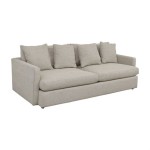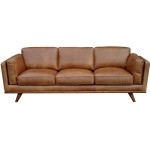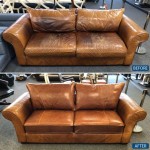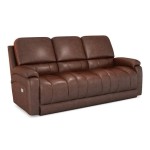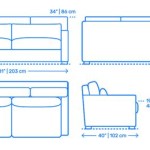Cleaning Sofa Cushions: Essential Aspects
Upholstered furniture, particularly sofas, is an integral part of any living room, providing comfort, style, and warmth to the space. However, with regular use, sofa cushions accumulate dirt, dust, spills, and allergens, making it crucial to maintain their cleanliness to ensure longevity and a healthy living environment.
Cleaning sofa cushions involves various essential aspects that contribute to their overall care and maintenance. These aspects include understanding the type of fabric, using appropriate cleaning methods, and addressing specific stains and odors effectively. By considering these essential aspects, individuals can efficiently clean their sofa cushions, preserving their appearance and ensuring a pristine living space.
Understanding Fabric Types
The first step in cleaning sofa cushions is to identify the type of fabric they are made of. Different fabrics require specific cleaning methods and solutions to avoid damage or discoloration. Common sofa cushion fabrics include:
- Cotton: Durable and absorbent, cotton can be cleaned with mild detergents and water.
- Linen: Similar to cotton, linen is strong and can withstand regular cleaning but may wrinkle easily.
- Velvet: Delicate and prone to water damage, velvet requires gentle cleaning with a soft brush or vacuum cleaner.
- Leather: Durable and easy to clean, leather cushions can be wiped down with a damp cloth or a leather cleaner.
- Microfiber: Synthetic and stain-resistant, microfiber cushions can be machine-washed or spot-cleaned.
Appropriate Cleaning Methods
Once the fabric type is identified, an appropriate cleaning method can be selected. Common cleaning methods for sofa cushions include:
- Vacuuming: Regular vacuuming removes loose dirt, dust, and allergens from sofa cushions.
- Spot cleaning: For specific stains or spills, spot cleaning involves applying a cleaning solution directly to the affected area and blotting it with a clean cloth.
- Machine washing: Removable cushion covers made of durable fabrics like cotton or microfiber can be machine-washed on a gentle cycle.
- Dry cleaning: For delicate fabrics like velvet or silk, professional dry cleaning is recommended.
- Steam cleaning: Steam cleaning uses hot water vapor to remove dirt and allergens from deep within the cushion fibers.
Addressing Specific Stains and Odors
In addition to regular cleaning, specific stains and odors may require targeted treatment. Common stain removal techniques include:
- Blood: Apply cold water and blot the stain. Avoid using hot water as it sets the stain.
- Food stains: Use a mixture of white vinegar and water or a commercial stain remover.
- Coffee or tea: Blot up as much liquid as possible and apply a mixture of baking soda and water to the stain.
- Ink: Rubbing alcohol can be used to remove fresh ink stains.
For odors, baking soda or white vinegar can be sprinkled on the cushions and left to sit for several hours before vacuuming. Activated charcoal can also be used to absorb odors.
Conclusion
By considering the essential aspects of cleaning sofa cushions, individuals can effectively maintain the cleanliness of their upholstered furniture. Understanding fabric types, selecting appropriate cleaning methods, and addressing specific stains and odors ensures that sofa cushions remain pristine, comfortable, and free from allergens. Regular cleaning practices contribute to the longevity of sofas and create a healthy and inviting living environment.

How To Wash Sofa Cushions Calgary Ab Birchwood Furniture

How To Clean Couch Cushions Like The Pros Bis

How To Clean A Fabric Couch And Sofa Pro Housekeepers

How To Wash Couch Cushions And Covers Lovetoknow
.webp?strip=all)
How To Clean A Couch Molly Maid

How To Clean Couch Cushions Like The Pros Bis

How To Clean A Fabric Couch And Sofa Pro Housekeepers

Easy Ways To Clean Sofa Cushions Tips By Fantastic Cleaners

How To Wash Sofa Covers Without Shrinking Them

How To Deep Clean Fabric Sofa Kärcher
Related Posts

